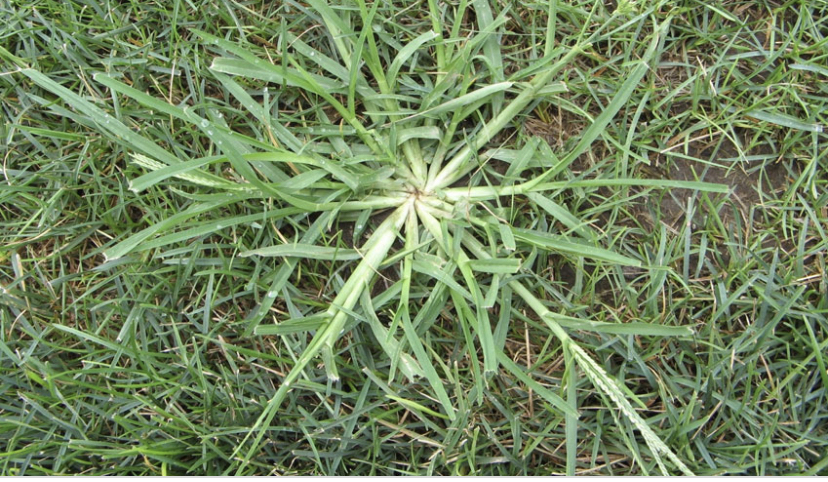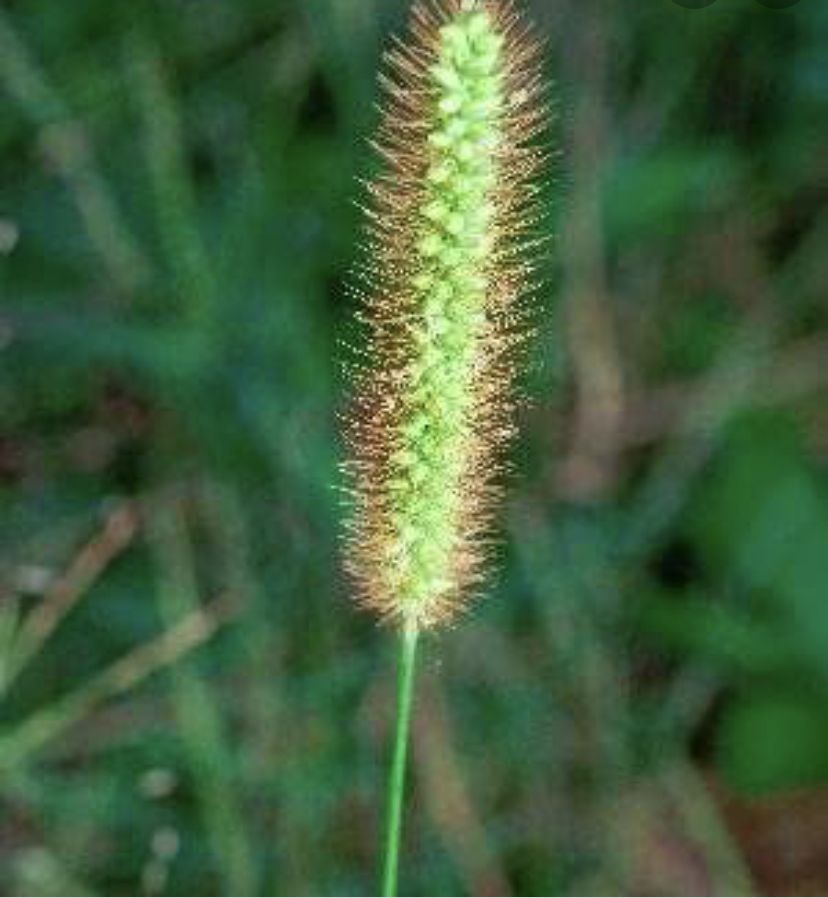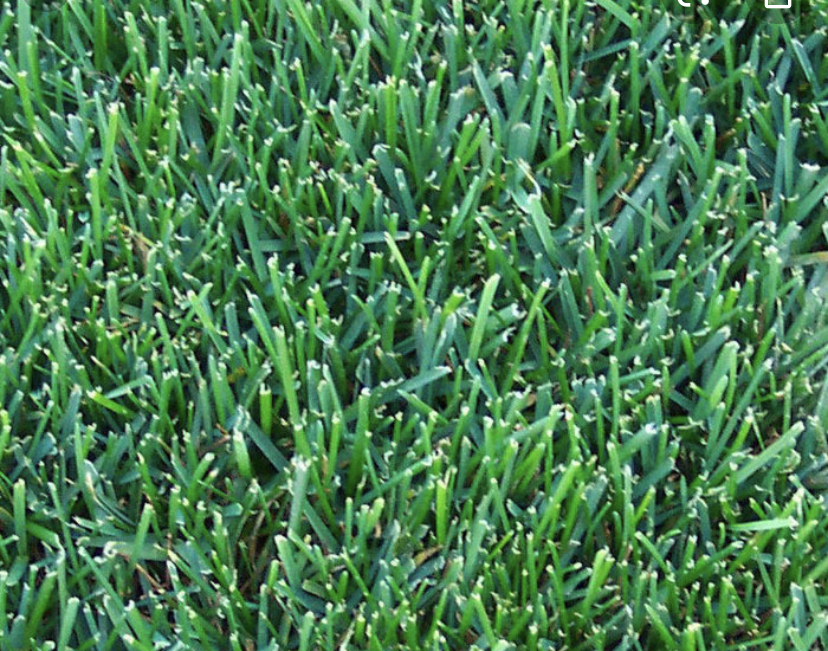Tree Care
We offer expert services in tree pruning, removal and disease treatment.
Through corrective pruning, thinning, shaping, and cabling, we can promote the health and beauty of your trees. All this work is completed with the highest priority given to the safety of your property and family.
We Are Family Owned
Established 2005
Pest Management Programs
- EAB– Emerald Ash Borer, Not native to North America. It is believed to have arrived in the US on a solid wood-packed material from its native, Asia. In 2002 the EAB was first found in southeastern Michigan. Since its discovery, it has spread to Ohio, Indiana, and Canada. EAB is responsible for killing 12-15 million ash trees in this short time. If you suspect that your ash tree may have EAB, give us a call immediately so one of our trained professionals can assess the health of your trees.
- Mosquitos- Mosquitos are both a nuisance and a health threat. Some mosquitos lay eggs in the water, others in moist soil waiting for flood water. Our spray protects your property for 30 days. We start our protection services in May and end in October. We apply a larvicide, and potent insecticide in key areas of your property our technician is trained to detect.
- Scale Insects- Common insect in Indiana that causes problems for your landscape. Scale insects suck sap from plants robbing them of essential nutrients. This insect thrives in warm, dry environments. The insect secretes a sticky substance called honeydew. A black mold forms on the honeydew, often covering patio furniture, concrete, mailboxes, decks, etc. The honeydew also attacks bees and other stinging insects.
Types of Tree Scale

1/3″ Diameter Scale secretes a large amount of honeydew.
Host plant: Tulip Tree, Magnolia and Linden.
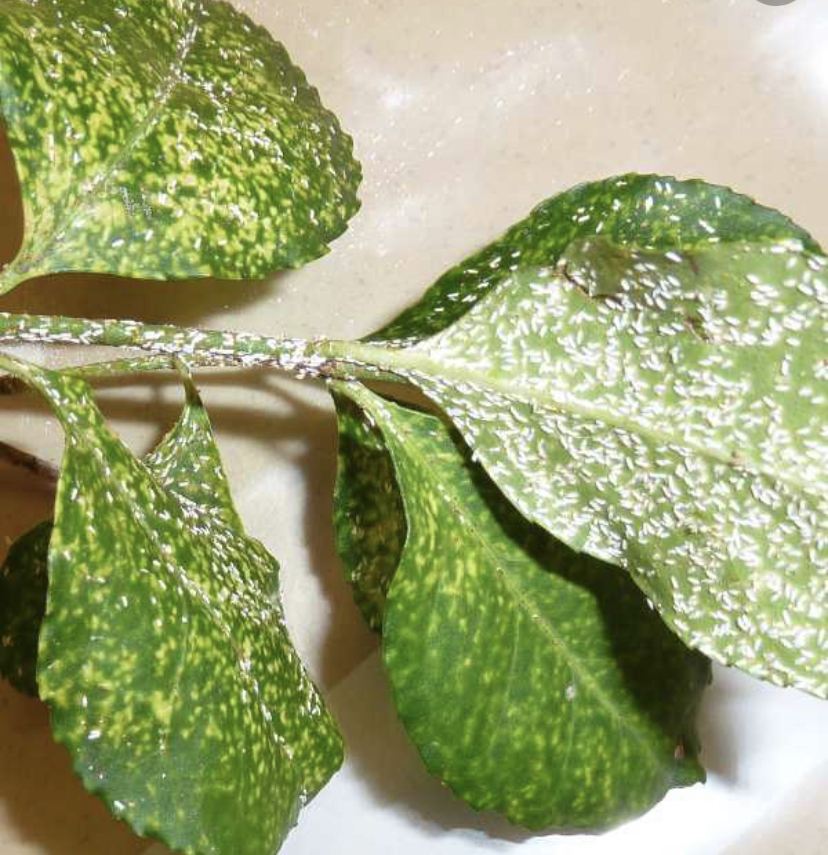
Non Native 1/8″ long-small white scale.
Host Plant: A number of plants, Euyonamous, Lilac, Japanese Maple, Pakisandra, and Burning Bush.

Round Redish to dark brown Scale
Host Plant: Oak, Hickory and Birch.

Large Scale, Black with 4 rows of white and yellowish stripes.
Host Plant: Crabapple, Dogwood, Elm, Honey Locust, Maple, Sweetgum, and Magnolia.
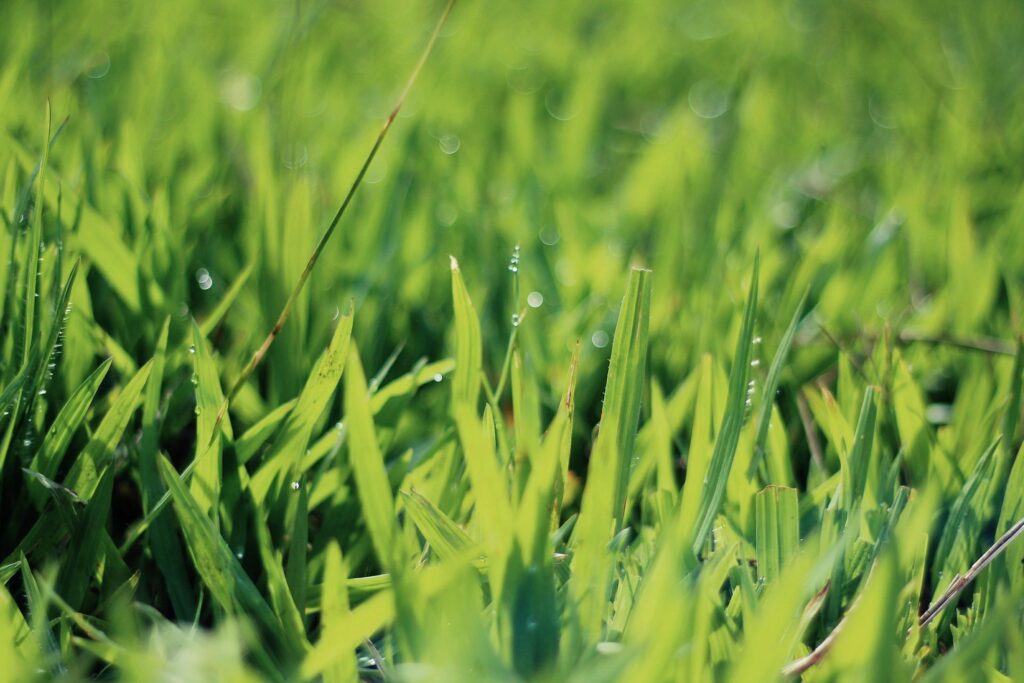
Lawn Care Program
Interested in our lawn care program? One of our expert lawn care technicians would be happy to schedule a consultation and provide you with a detailed lawn analysis.
Application One
Early Spring- A proprietary blend of fertilizer and pre-emergent herbicide is applied to aid your lawn coming out of its winter dormancy. The application of pre-emergent will protect the grass against crabgrass and foxtail.
Application Two
Spring- Balance fertilizer and broadleaf weed control. Early season weeds such as dandelions, clover, henbit, and chickweed will be controlled.
Application Three
Early Summer- Balanced fertilizer and broadleaf weed control. Summer months produce hard-to-control weeds. Our special broadleaf weed control treatment will handle these nuisance weeds.
Application Four
Late Summer- Slow release fertilizer, broadleaf weed control, and surface insect control as needed. This is the time of year we will watch for and treat destructive insects as they appear.
Application Five
Early Fall- Balanced fertilizer and broadleaf weed control. This important treatment will aid laws in recovering from the summer heat.
Application Six
Late Fall- Special blend of fertilizer to promote root development and aid in an early spring green-up.

Grub Control
Treatment needs to be applied as grubs are hatching out. This will destroy them before they can damage your lawn. Grub control is recommended as a part of a complete lawn program.

Disease Treatment
Diseases can destroy lawns in a short period of time. Most serious disease problems occur in hot, humid conditions. If you notice brown patches in the heat of the summer, call us immediately so they can be treated, Aeration- core aeration is a mechanical process of pulling soil cores. This helps break down thatch and allows air and moisture deeper into the soil. This creates an ideal environment for root development.
Aeration and Seeding
AERATION and OVER SEEDING
Core aeration flowed by over-seeding using improved cultivars of turf seed will thicken your lawn. The introduction of new grass plants invigorates your lawn.
SLICE SEEDING
This method of seeding is recommended when very thing, sparse areas are present. The slice seeder cuts furrows and deposits seed directly into the soil. Germination rate is 90% and lawns can be restored quickly.
How to keep your lawn looking great!
Mowing- To keep your lawn looking its best, never remove more than 1/3 of the grass blade. You should alternate directions with each cut. Make sure the mower blade is sharp. A dull blade rips and shreds the grass- blade causing the tips to brown. You should always mow at the highest setting possible (3”-3 1/2”).
Watering- Your lawn should receive 1” to 1 1/2” of water per week. Heavy deep watering once or twice a week is much better than frequent light waterings. The best time of the day to water is very early in the morning, and evening watering will promote disease problems. It’s a good idea to water the day before you mow during hot, dry summer months.
Contact us TODAY!
Steve Courchaine – 317-525-1145
Jon Courchaine – 317-670-4412
